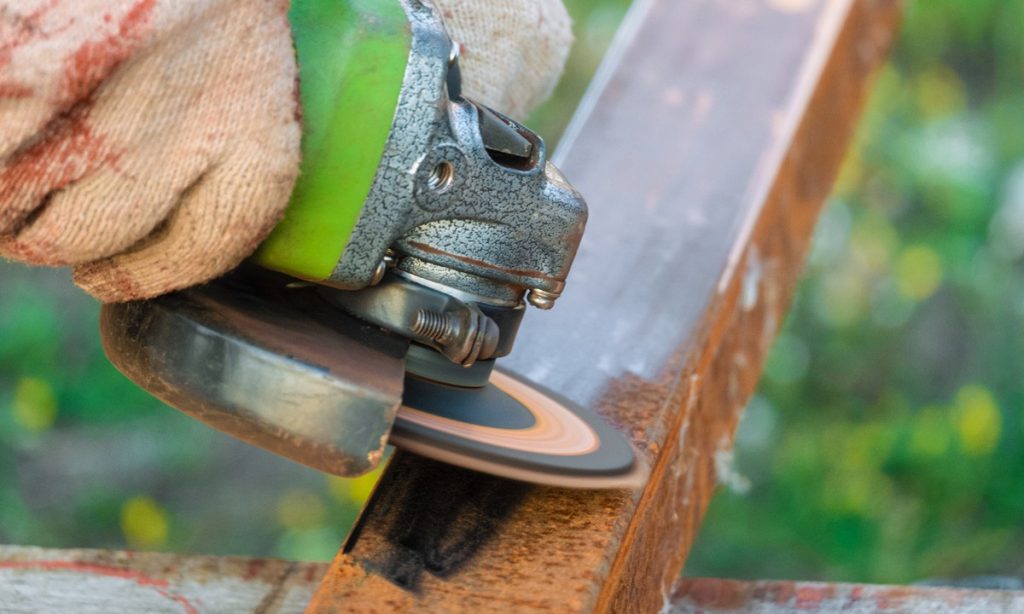How Does Rust Form and What Can I Do to Remove It?

Do you often notice brown or red-colored residues accumulated on iron or steel surfaces? When placed out in the open, iron develops brown patches that gradually increase in size over time. These brown or reddish patches are known as rust, which is one of the prime causes of corrosion that can weaken the material’s strength and durability. We’ll help you discover the root cause behind rust developing and some surefire ways to get rid of it.
How Does Rust Form on Iron and Steel Objects?
Iron is considered a highly reactive material in the metal activity series. When it is exposed to oxygen and moisture (water vapor), a chemical reaction occurs. Due to this, ferric oxide is formed, which causes browning of the iron and forms rust. It remains stuck to the object’s surface in the amorphous form at the initial stages but increases over time.
Rust has severe impacts on both iron and steel, some of which are described below:
- Rust is a form of irreversible corrosion. Once an iron or steel object starts to rust, it is almost impossible to restore the object’s original condition.
- It degrades the object over time, making it brittle.
- Rust weakens the material, reduces its tensile strength and negatively impacts its durability.
- The corrosion prevents two iron or steel parts from smoothly gliding against each other.
What Are the Best Ways To Remove Rust?
Use a rust remover
A rust remover is a chemical that dissolves rust completely when applied over a corroded iron or steel object. You may scrub the surface after application, but it is not necessary. After applying the remover and cleaning it with a wipe, you will witness no brown spots on the object’s surface. These chemicals are available in many forms based on their composition, such as:
Acids
Acidic rust removers are the most efficient as they quickly dissolve iron oxide, leaving behind a clean iron surface. Make sure the remover’s acid content is not more than 30 percent because a higher concentration can cause more corrosive damage to the material. Also, it is best to use acidic removers for heavily rusted objects.
Sodium hydrosulfite
If concrete, marble or any other material has rust stains, you can use this powdered remover to get rid of the marks. Most products can eliminate the stain within thirty minutes of application.
Chelating removers
These removers are eco-friendly and do not damage iron or steel objects by any means. The chemical components react with rust to form a new compound. On wiping the surface, rust will be removed within seconds.
Rust converters
In certain cases where the above rust removers are inefficient, use a rust converter. It converts iron oxide into a new compound and forms a black coating on the iron or steel surface.
Use abrasive tools
Abrasive tools like a sander, sandpaper, angle grinder and wire brusher can effectively remove rust from different objects, including car bodies and metal slabs. Thanks to their high abrasive power, they remove rust quickly while polishing the metal surface.
Dissolve rust with vinegar and salt
To remove light rust from any metal object (iron or steel), you can use a homemade solution with vinegar, lemon and salt. Although it takes some time to dissolve rust, you won’t have to worry about harmful chemicals causing further damage to the object.
Final Words
If rust is not removed timely, it will corrode the entire object. This further degrades and reduces physical and mechanical strength, rendering the material unusable. So, prepare a homemade solution or get the right rust remover to protect your belongings from corrosion.
